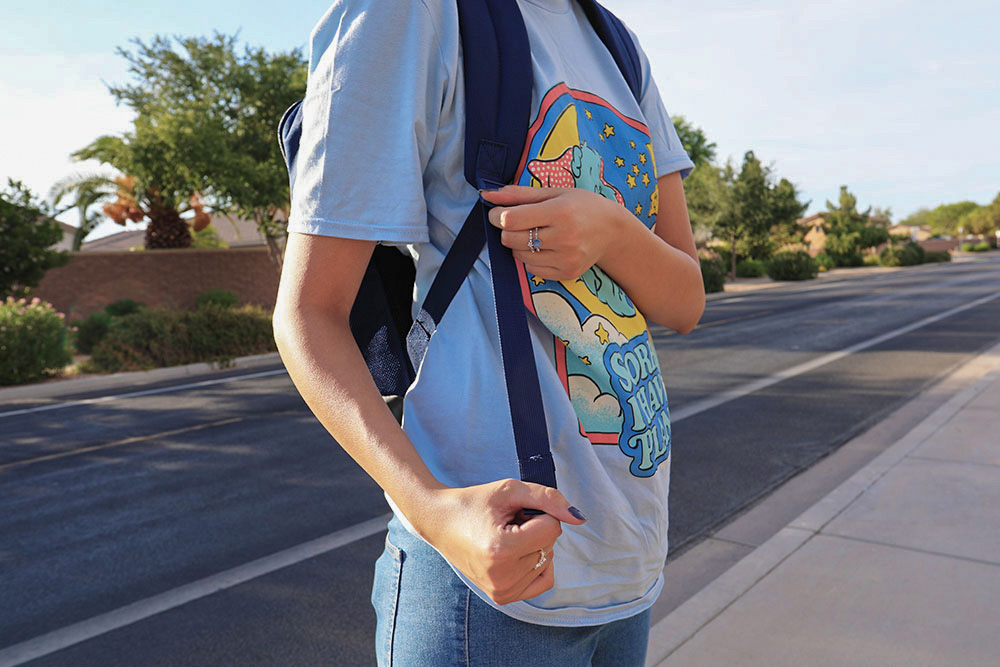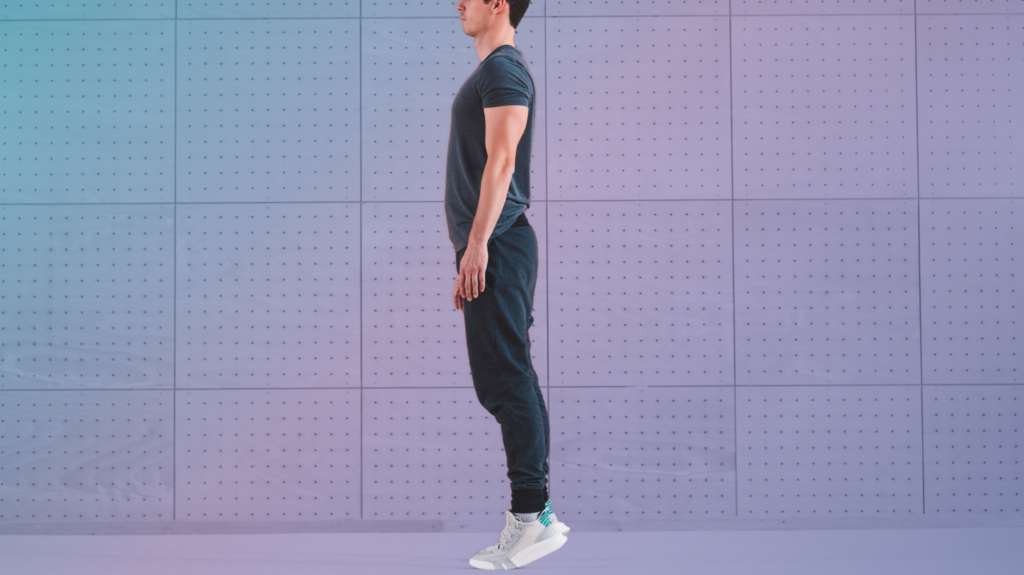Did you know that improperly wearing a backpack or choosing the wrong type can lead to lower back pain in children and teens? Studies over the years have started paying more attention to the proper use of backpacks in school due to the frequency of increased low back pain being reported. Researchers estimate that 30 out of 100 children and teens experience back pain from overstuffing backpacks or even just wearing them wrong. Here are four tips to avoid increased back pain by choosing and correctly wearing the right type of backpack.
1. Pick the right pack
When buying a new backpack, it is important to look at the different types, styles, and sizes. Backpacks good for proper posture include 2-straps for the shoulders and added straps at either the waist or chest. An extra strap at the waist can help distribute the backpack’s weight at the hips taking some pressure away from the shoulders. A chest strap helps keep the shoulders in a better postural position and will keep the backpack from moving from side to side. The size of a backpack should vary depending on the size of the child and should not be too large in size to avoid promoting heavier weight loads. Some studies suggest not exceeding 10 to 20 percent of the child’s body weight.
2. Wear your backpack properly
Wearing a backpack using only one shoulder strap is a bad habit to break. Usually, this occurs for fashion or when students are in a hurry. When kids and teens wear a backpack, they should use both straps and any additional chest or waist straps to evenly distribute weight. This will also keep the backpack from sliding side to side, causing stress on one side of the body if it bends or twists a certain way. Backpacks should also be adjusted to sit high on the back and shoulder to avoid increased stress through the spine.

3. Offload the pack, when possible
Students should be sensible about taking off their backpacks when on the bus and standing around the class. Putting away backpacks in a locker when they don’t require specific materials is one way to offload your backpack. Offloading their heavy books into cars or lockers when they aren’t needed for that day will also help avoid increased strain through the spine. Heavy backpacks can ultimately lead to changes to the natural curves of the back and cause strain to the muscles and joints of the lower back and rib cage.
4. Adjust the straps depending on your attire
Depending on the season, some students might need to adjust shoulder straps to bulkier clothing or winter coats. Students need to loosen the straps when taking off their backpacks. Then readjust or tighten the straps back to a better position each time they use their backpacks. This ensures the backpack sits properly on the student as well as evenly distributes the weight to avoid strain.

If your child is prone to back pain, specific backpacks are sold to avoid further increased symptoms. Choosing the right backpack will make your child happy and keep them healthy.
If you have any further questions on backpack pain, contact a Foothills Sports Medicine Physical Therapy location near you!




